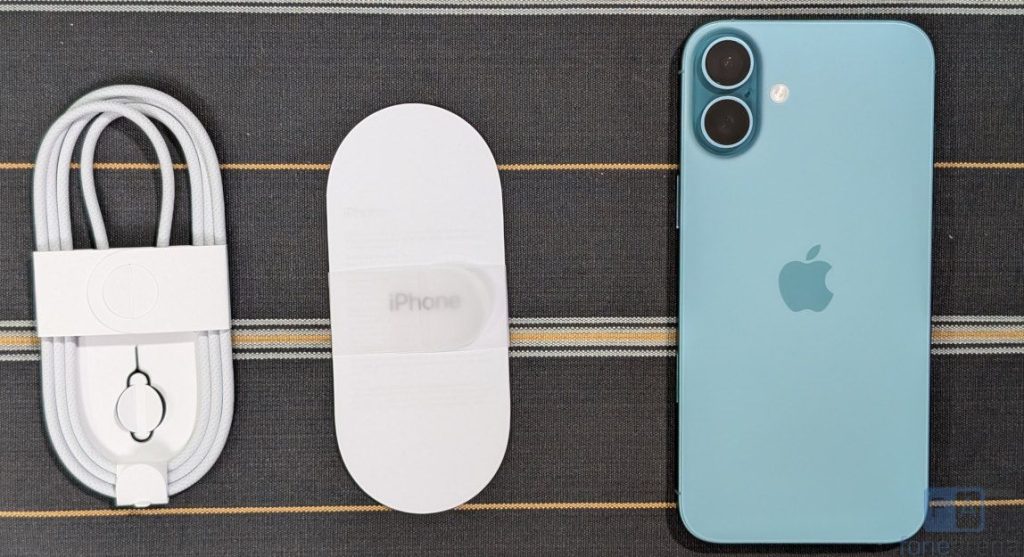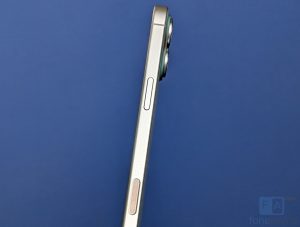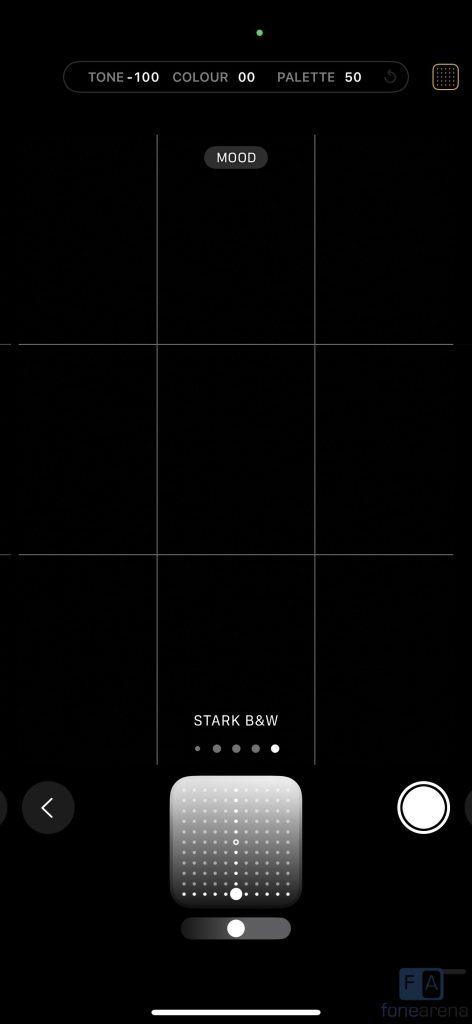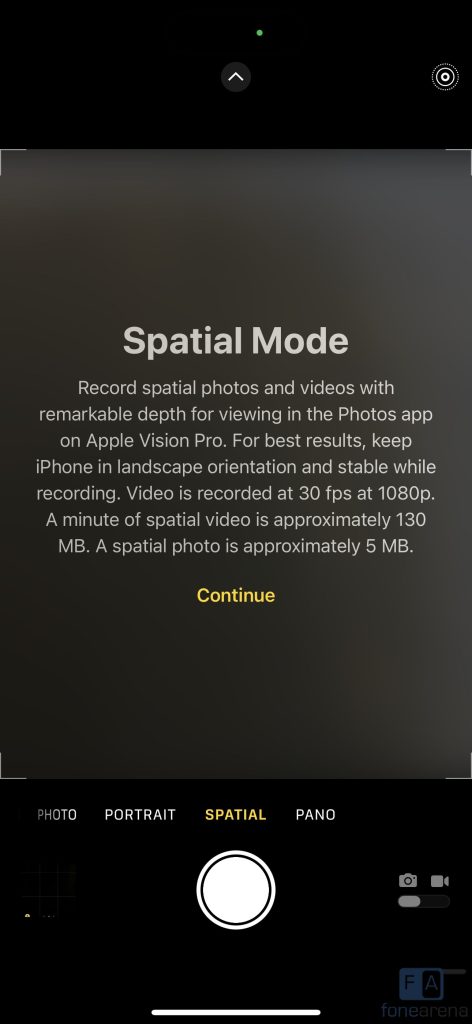
Apple launched the iPhone 16 series last month as the successor to iPhone 15 series. Here we have the iPhone 16 Plus, the bigger model in the series. This gets upgraded ultra-wide camera with macro option, Camera Control button, Action button, faster A18 chip with support for Apple Intelligence features, and a bigger battery, while retaining the same price.
I have been using the phone for over a week now. Is this the best upgrade to the iPhone 15 Plus? Let us dive into the review to find out.
| Box Contents |
| Camera |
| Battery Life |
| Conclusion |
Box Contents

- Apple iPhone 16 Plus 512GB in Teal colour
- USB Type-C to Type-C cable
- SIM ejector tool
- Apple sticker and documents
Display, Hardware and Design

The iPhone 16 Plus has a 6.7-inch OLED Super Retina XDR display, with a resolution of 2796 x 1290 pixels and 460ppi. It has support for HDR and Dolby Vision, and has 1000 nits peak brightness, HDR brightness at 1600 nits, and up to 2000 nits brightness outdoors, same as the predecessor. I did not have any issues using the display outdoors and when watching HDR content. It also has True Tone adjustments and Wide Color. Since it has a Taptic Engine, you get haptic touch feedback.

There is still no change in the size of the bezels, so you get uniform side bezels that are bigger than the iPhone 16 Pro series. The iPhone 16 series still doesn’t have the 120Hz high refresh rate option, so you have to spend more and get the Pro model, if you need a high refresh rate screen. It has the Ceramic Shield protection that was introduced in the iPhone 12.

There is the dynamic island, which was introduced with the iPhone 15, a change from the notch in the iPhone 14 series. It still has the same 12MP TrueDepth front camera with f/1.9 aperture.
There is no change in button placements and ports compared to the iPhone 15 series, but this replaces the Ring/Silent button next to the volume rockers to the Action button, which was only present in the Pro series. This also adds new Camera Control for enhanced customization.
The camera control is a button what has a flush to the surface, covered by a sapphire crystal and a colour-matched stainless steel trim. You can click to launch the camera app, click and hold to record a video. The click experience uses a force sensor and taptic engine. But this is nothing new since the Action button can also set to launch the camera. Only the touch gestures are new allowing you to access functions like zoom. I don’t know how many will use the zoom features and controls for the camera with this since it is easy to use the interface.
As you can see, the phone has an aluminum frame that offer a matte finish, so it doesn’t attract fingerprints easily. You can also see the antenna cutouts. On the bottom there is a USB Type-C Port. You can see speaker grills and the microphone port on either sides of the port. The phone has IP68 water resistance (6 meters for up to 30 minutes) ratings.

The camera arrangement has changed, offering Spatial recording.

Similar to the iPhone 15 series, colour is infused throughout the back glass that is strengthened with an optimized dual-ion exchange process before being polished with nanocrystalline particles and etched to create a luxurious, textured matte finish. This looks and feels good, and the glass is also easy to replace.
It still has the sharp edges and is protected by a tempered glass made by Corning. It comes in new Ultramarine, Teal, Pink, White and Black colours. The dimensions are the same as the 15 Plus, but this weighs 199 grams, making it 2 grams lighter.
Camera

- 48MP wide-angle (f/1.6) camera, second-generation sensor-shift optical image stabilisation for video
- 12MP 120° Ultra Wide (f/2.2) secondary camera, Macro photography
- 12MP TrueDepth (ƒ/1.9) front camera
The 48MP main camera with a quad-pixel sensor that combines every four pixels into one large quad pixel equivalent to 2.44 µm. The quad-pixel sensor also enables a 2x Telephoto option that uses the middle 12 megapixels of the sensor for full-resolution photos and 4K videos with no digital zoom.
You also get Night Mode feature with manual adjustment on all the cameras. You get a night mode icon automatically when the phone detects a low-light scene. It automatically suggests the seconds, but can change the long exposure, which can be set up to 30 seconds. It also has the Deep Fusion option that was first introduced in the iPhone 11 series. This uses the advanced image processing system that uses the A18 chip’s Neural engine to capture images with dramatically better texture, detail, and reduced noise in lower light.
The Camera UI is the same as the older models, including option to choose from photo, video, portrait, pano, timelapse, slo-mo and cinematic mode. For photos, you get a new Photographic Styles of filters (Standard, Amber, Gold, Rose Gold, Neutral, Cool Rose, Vibrant, Natural, Luminous, Dramatic, Quiet, Cosy, Ethereal, Muted B&W, and Stark B&W) with option to set tone, color and color pallet, which is brilliant. iPhone camera still doesn’t have a pro mode to adjust the ISO, shutter speed and other things manually. The iPhone 16 series also lacks RAW mode.
Daylight shots from the 48MP camera came out well with a lot of details since it outputs 24MP shots. It also offers vibrant colours and the dynamic range is brilliant. 2X is good, but once you zoom after that the quality degrades. The portrait mode is brilliant with good edge detection. The ultra-wide shots from the 12MP camera is better than the previous generation, since this has a large f/2.2 lens. This also get autofocus for the first time, offering macrophotography, which is decent but could have been better since you can’t capture perfect macro photos of tiny objects.
Low light shots are good as well. If you enable the night mode, the images are slightly brighter with better dynamic range, but the images are softer without a lot of colours. Even the ultra-wide camera supports night mode. Images from the 12MP selfie camera are good as well, with brilliant dynamic range and colours. The front camera gets SL 3D sensor for better portraits.
Check out the camera samples.
The Cinematic mode records in Dolby Vision HDR. It also offers HDR video recording with Dolby Vision — from capture to editing and sharing for 4K up to 60 fps on all cameras. However, the ProRes, an advanced video codec, and 3D (spatial) video are still available only in the Pro series. It also has slow motion video recording at up to 240fps in 1080p.
It supports HDR video recording with Dolby Vision up to 4K at 60 fps and the cinematic mode supports up to 4K HDR at 30 fps. Video quality is brilliant from all the three cameras. With Dolby Vision enabled, you get excellent dynamic range, contrast and true colours in videos.
Software and UI

The iPhone 16 series was launched running iOS 18 out of the box, but the company will release iOS 18.1 this October, bringing Apple Intelligence features that include Writing Tools, an updated Siri design, and the ability to switch between voice commands and typing with Siri. There are also content summaries, improved mail categories, smart replies in Mail and Messages, and more.
Some Apple Intelligence features, such as Image Playground, Genmoji, ChatGPT integration, object erasing in photos, Priority Notifications, and enhanced Siri capabilities, will roll out later this year or early next year.
iOS 18 brings deeper customisation to the Home Screen and Control Center; the biggest-ever redesign to Photos with new Unified View and Carousel View, and major enhancements to Messages and Mail. Messages app now supports RCS for richer media and more reliable group messaging compared to SMS and MMS.
The Phone app helps users stay organised with the ability to record and transcribe live calls, which is one of the most important features. There is a new password app built on the foundation of Keychain that makes it even easier for users to access their passwords and see all their credentials — like passwords, passcodes, and verification codes — all in one place.
Notes App now offers instant solutions for formulas and equations, collapsible sections, and highlighting. Journal App gets insights view, search and sort entries, mindful minutes tracking, and a Journal widget.
Face unlock
Face ID is enabled by TrueDepth front camera for facial recognition. You can now unlock the iPhone even with a mask, but it can’t unlock if you have a helmet or a hat. You can use Face ID to make purchases, autofill passwords and sign in to apps.
Music and Multimedia
The iPhone 16 Plus has stereo speakers, supports spatial audio and Dolby Atmos. Since this doesn’t have a notch, the speaker is present on the top edge. I still find iPhone 14 Plus with a notch offers a better audio.
It supports HDR playback with Dolby Vision, HDR10 and HLG, and viewing content in apps like Netflix looks brilliant.
Dual SIM and Connectivity
It has a single physical SIM slot, and also comes with eSIM support. It has 5G (sub‑6 GHz) and Gigabit-class LTE support. The phone supports several 5G and LTE bands, so you can use the phone in several countries.

It also supports 802.11be Wi-Fi 7 with 2×2 MIMO, Bluetooth 5.3, Ultra Wideband chip for spatial awareness, Thread networking technology,
NFC with reader mode and GPS, GLONASS, Galileo, QZSS and BeiDou.
According to the Apple website, the iPhone 16 Plus (Model A3082,A3289,A3290,A3291) has a head SAR of 1.13 W/kg (over 1 g) and body SAR of 1.16 W/kg (over 1 g), almost similar to the previous generation.
Performance and Benchmarks

The iPhone 16 Plus is powered by the A18 3nm Chip, skipping the A17. This has Six-Core (2 performance and 4 efficiency cores) CPU with 64-bit architecture, 5‑core GPU, and a 16‑core Neural Engine. This promises 30% faster performance than A16 bionic in iPhone 15 and up to 60% faster than A14 Bionic from iPhone 12. It uses 30% less power than A16 Bionic, adds the company.
The performance is smooth with any lags, and the faster GPU offering good gaming performance compared to the iPhone 15 Plus. The 5-core GPU is up to 40% faster than iPhone 15, and 2x faster than iPhone 12, and uses 35% less power for the same performance, says Apple. Check out the synthetic benchmark scores below.



The iPhone 16 series top the CPU benchmarks, but the next-gen Snapdragon and MediaTek chips should be better than this based on the benchmark leaks. You can see a slight increase in the scores in the A18 Pro in the Pro series compared to the A18 in the iPhone 16 models.
I did not face any heating issues when gaming, but the battery drained quickly when gaming, which is common in all the iPhone models.
Battery life
Coming to the battery, the iPhone 16 Plus packs a 4,674 battery compared to 4,323mAh in the iPhone 15 Plus, making it 6.6% bigger while maintaining the same body. Apple promises 27 hours of video playback on the iPhone 16 Plus on a single charge. Based on my use, the iPhone 16 Plus lasted for about 3 days with causal use, and with heavy use it lasted for close to 2 days, thanks to the more efficient A18 SoC. It got close to 8 hours of screen on time with 3 days of use with 13% charge left, but it should be more.
It supports USB-PD charging. Apple recommends 20W PD charge, same as the older model. Apple says that it can charge up to 50% in 30 minutes when using a PD charger. You can charge up to 85% in an hour, but the last 15% charge takes close to an hour, so it takes about 2 hours to charge the phone to 100%. Apple does this to maintain the battery health.
It also has wireless charging up to 25W using an Apple MagSafe charger, up from 15W in the older models, but you will have to use a 30W adapter or higher, says Apple.
Conclusion
Overall, the iPhone 16 Plus might be a minor update when it comes to the design, and it still has a 60Hz display, but the performance, ultra-wide camera and battery life have seen an upgrade. Apple offers 5 years of OS upgrades that lets you keep the phone for several years without upgrading to a new model. However, the Pixel series and the Galaxy offer 7 years of upgrades.
Alternatives
iPhone 15 Plus after the recent price cut is still a good phone. If you are fine with a smaller screen and a smaller battery, you can go for the iPhone 16, which offers similar specifications as the iPhone 16 Plus in a smaller body, but you will have to compromise on the battery life.
On the Android side, the Samsung Galaxy S24 and S24+ are good alternatives. The Pixel 9 and Pixel 9 Pro are also good options.
Pricing and availability
The iPhone 16 Plus 128GB costs Rs. 89,900, same as the iPhone 15 Plus’s launch price. The 256GB version is Rs. 10,000 more at Rs. 99,900, and the top-end 512GB model costs Rs. 1,19,900. It is available through Apple Store, and other retailers online and offline.
Pros
- Excellent OLED display with Dolby Vision and Dynamic Island
- Smooth performance
- Solid build quality, IP68 ratings
- Brilliant cameras
- Good battery life
Cons
- Lacks high refresh rate display and always-on display
- Apple Intelligence features are not available at the launch



































